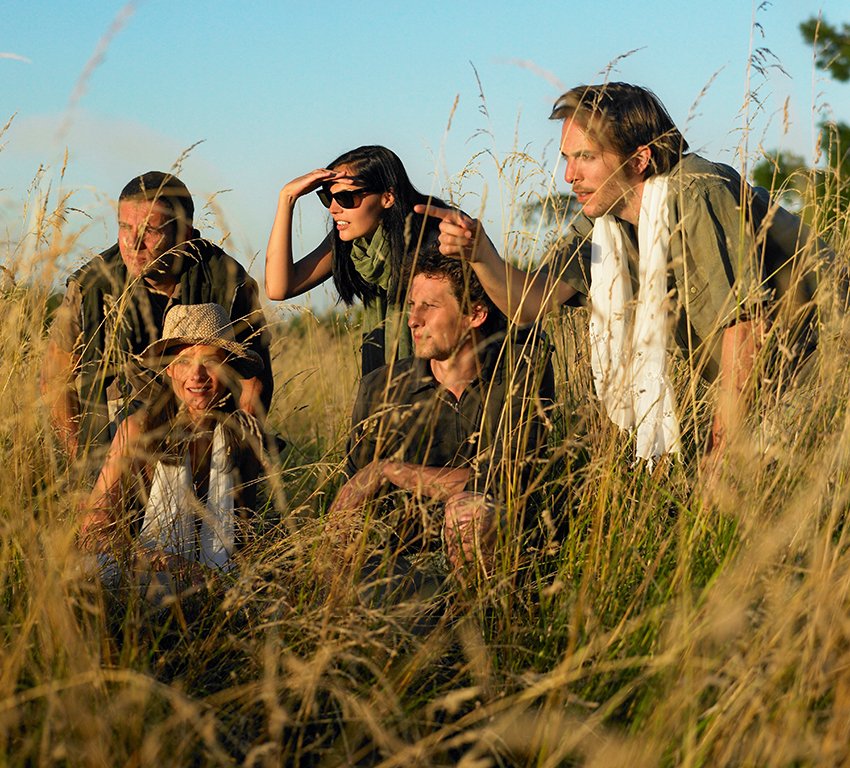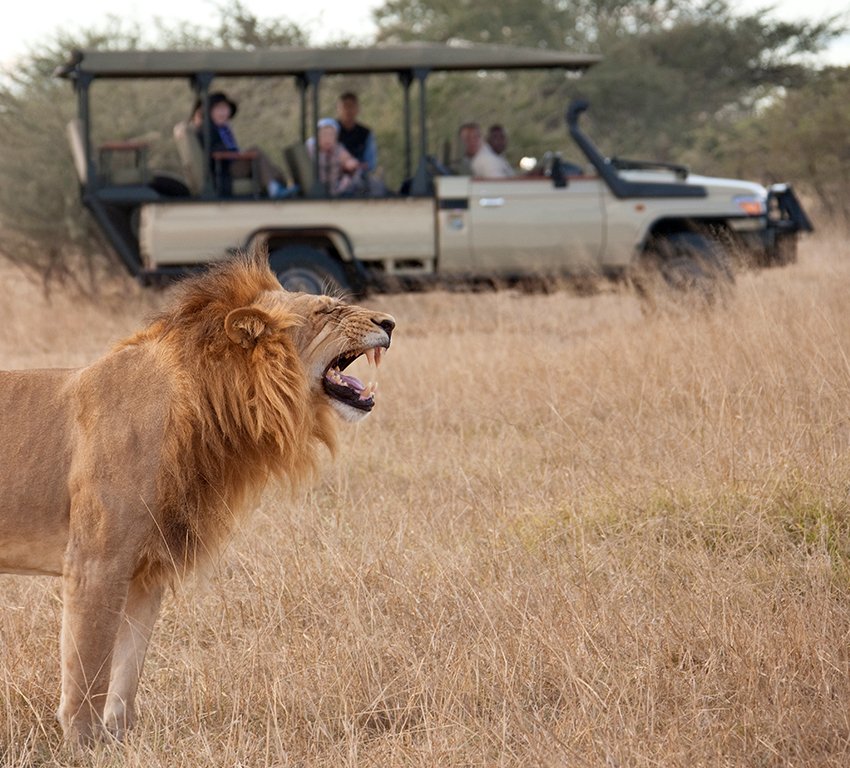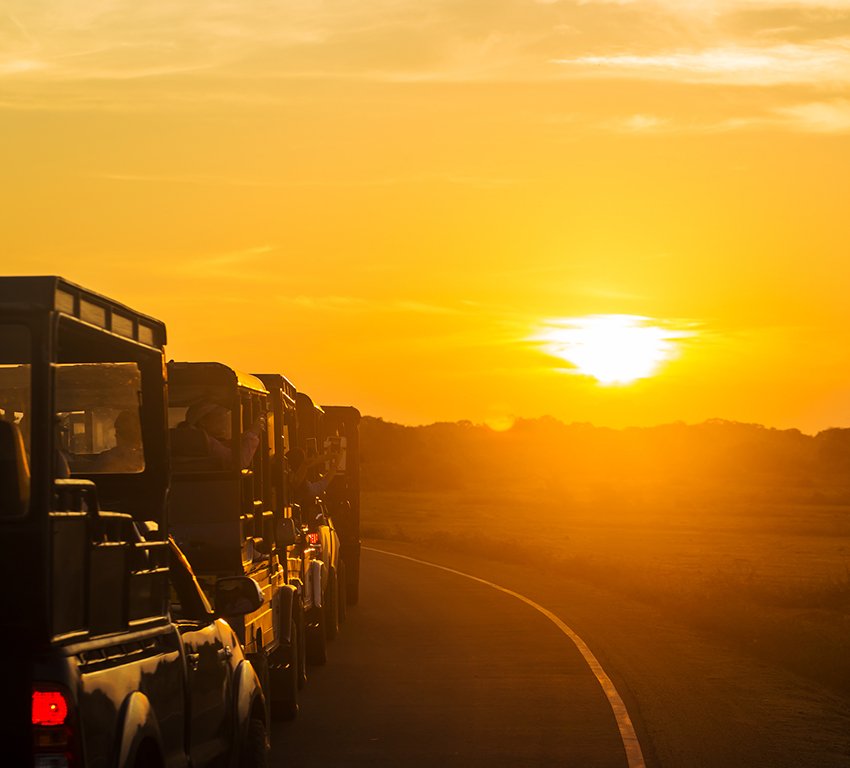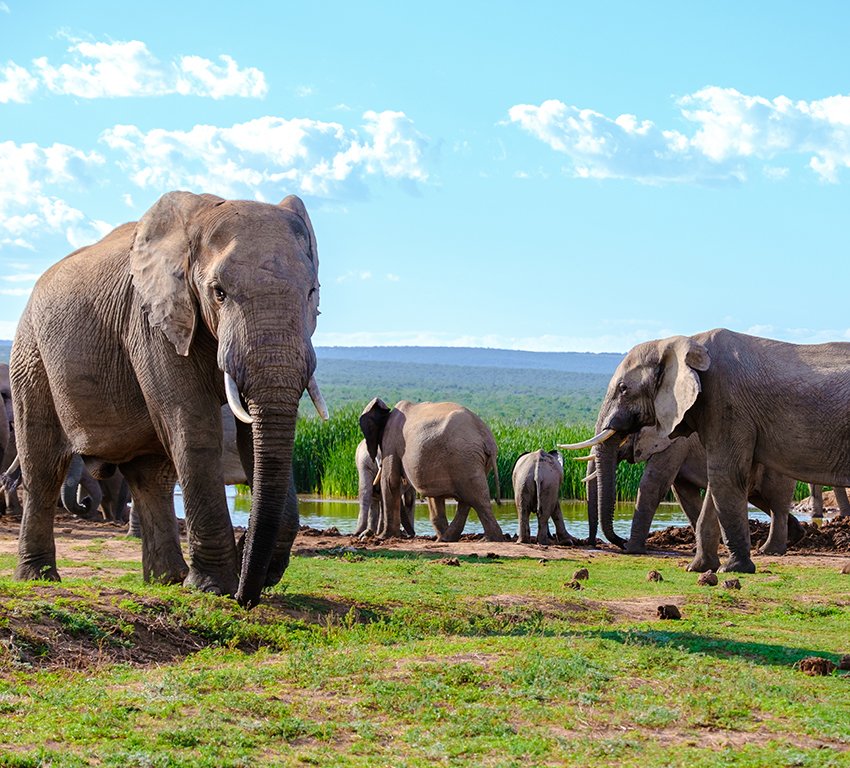How to Capture the African Wildlife through Photography?
Do you really want to experience the best that Kenya has to offer? Why don’t you plan Kenya photographic safaris? These safari tours offer a unique chance to capture Africa’s majestic wildlife species in its natural splendor. From the sweeping plains of Maasai Mara to Amboseli’s iconic Mount Kilimanjaro backdrop, the photography tours provide breathtaking opportunities for beginners and professional photographers.
If you want to ensure your images are as unforgettable as the adventure, please check out the best ways to photograph wildlife during wildlife safaris in Kenya:
Choose the Right Gear
Choosing the right equipment is essential for capturing wildlife. You can combine a DSLR or mirrorless camera with a telephoto lens (200-600mm) to capture distant subjects like lions or zebras without intruding on their space.
A wide-angle lens (24-70mm) can be perfect for dramatic landscapes like Amboseli’s marshes teeming with elephants. You should bring a sturdy tripod or monopod for stability during low-light shoots. You can pack extra batteries, high-capacity memory cards, and a weatherproof camera bag to protect against Kenya’s dusty and rainy conditions. These essentials are common on East African safari tours in Kenya.

Time Your Shots for Perfect Lighting
Lighting is necessary in wildlife photography. The golden hours are shortly after sunrise and before sunset, offering soft, warm light that can enhance colors and textures, like the golden colors of a giraffe’s coat. During your visit to Maasai Mara, you should prefer early mornings to capture predators on the move. Midday light can be harsh, but it’s right for fast-action shots like a cheetah’s sprint. You should plan your Kenya photographic safaristo match these optimal times for well-lit images.
Work on Your Composition and Technique
Composition can improve your photos from good to extraordinary. You can use the rule of thirds to position the animal off-center for a balanced, engaging frame. You should focus on the animal’s eyes to create an emotional connection with viewers. To capture fast-moving subjects like galloping wildebeest, you can use a shutter speed of 1/1000s or faster to freeze motion. If you want to add creative effects, you can try a slower shutter speed (1/60s) to capture the blur of a stampeding herd. Patience is essential as waiting for a lion to yawn or a leopard to leap can help you yield iconic shots.
Choose Specialized Photographic Tours
The Kenya wildlife safari tours often include visiting game reserves like Tsavo or Samburu, accompanied by expert guides. They understand animal behavior and photography needs. Private safari vehicles offer flexibility to linger at prime spots like a watering hole where elephants gather. Most safari tour itineraries can include workshops with professional photographers that can help you refine techniques and capture portfolio-worthy images of rhinos, flamingos, or acacia-dotted savannas.

Practice Ethical Photography
Respecting wildlife during safari tours is non-negotiable. It’s better to maintain a safe distance to avoid stressing animals and follow your guide’s instructions. You can use silent shooting modes to reduce disturbance. You should stay on designated paths to protect the environment, ensuring that your safari tour expedition remains sustainable. Following ethical practices can preserve the beauty of Kenya’s ecosystems for future adventurers.
Bottom Line –
With the right gear, timing your shots and composition, and prioritizing ethical practices, you’ll capture beautiful images that will add life to your African adventure. From Amboseli’s elephants to Maasai Mara’s big cats, your photographs will tell a unique story of nature’s grandeur. Plan your East African safari adventure today with Safari Seekers.













